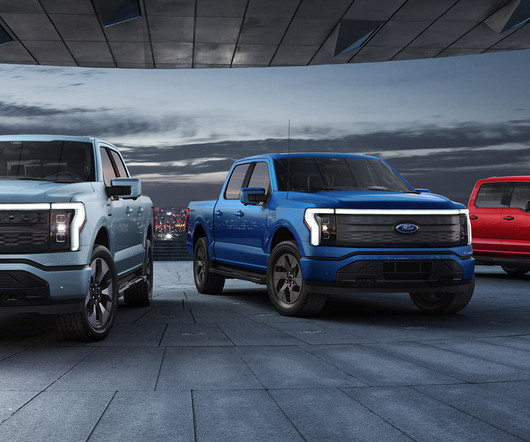Mazdas new SKYACTIV gasoline and diesel engines are steps on the road to its Ideal Engine; focus on compression ratio
Green Car Congress
AUGUST 4, 2011
Mazda’s roadmap to the ideal internal combustion engine. the step-by-step introduction of electrification to SKYACTIV internal combustion engines: stop-start, followed by regenerative braking, followed by electric motor drive technologies. Energy balance in an internal combustion engine.




















Let's personalize your content